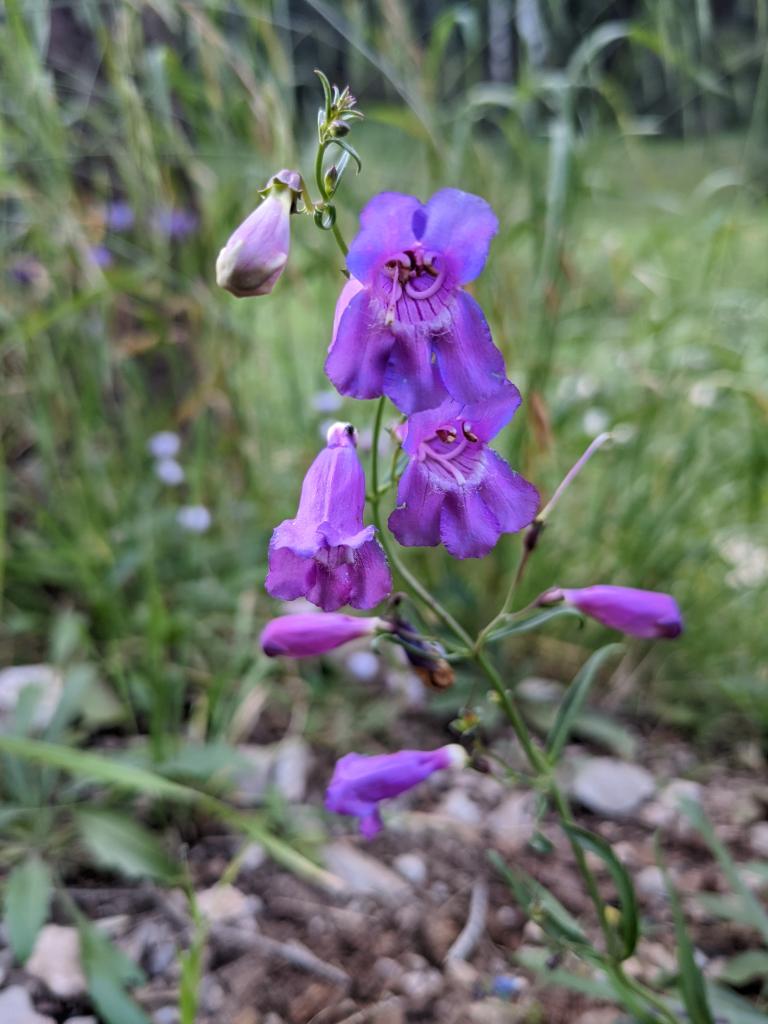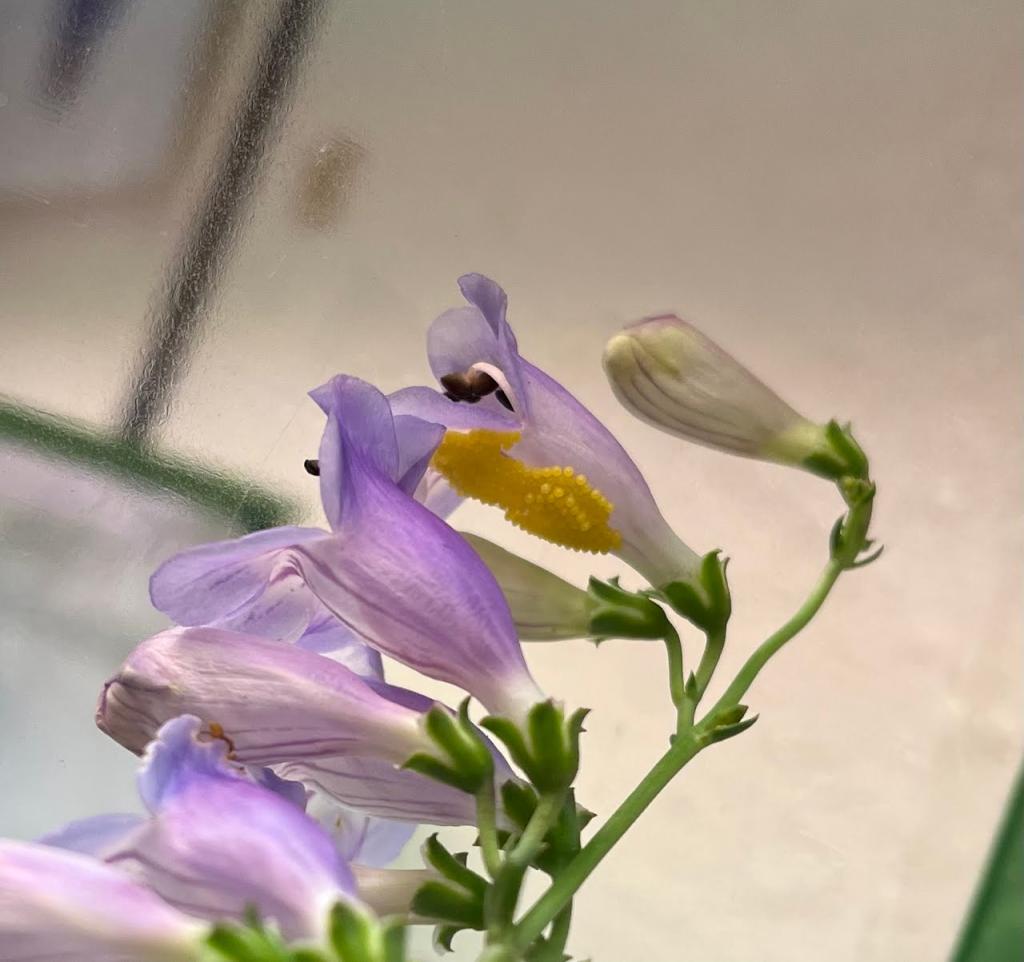By Tyler Turk, Southwest Ecologist, and Melanie Gisler, Southwest Branch Director
May 2023
If you’ve been reading our newsletters for a while, you likely know that the Institute for Applied Ecology (IAE) has contributed substantially to endangered butterfly conservation in the Pacific Northwest over the last two decades—including work with the Fender’s blue butterfly (Icaricia icarioides fenderi), Oregon silverspot butterfly (Speryeria zerene hippolyta), Taylor’s checkerspot (Euphydryas editha taylori), and Monarch butterfly (Danaus plexippus).
But our work does not end there. Since 2020, the Southwest Branch of IAE based in Santa Fe, New Mexico has led habitat restoration efforts for another species of checkerspot, the Sacramento Mountains checkerspot butterfly (Euphydryas anicia cloudcrofti). This rare and beautiful butterfly only lives in sub-alpine meadows in the isolated Sacramento Mountains of southeastern New Mexico, and is reliant on its larval host plant, New Mexico penstemon (Penstemon neomexicanus), which is also endemic to the range.


The US Fish and Wildlife Service (USFWS) finalized listing the Sacramento Mountains checkerspot butterfly as an endangered species under the Endangered Species Act earlier this year, kickstarting a recovery planning process that will work to improve the species’ viability. The primary threat to the butterfly is habitat degradation caused by altered wildfire regimes, climate change, incompatible grazing, invasive plants, and recreation.
Over the last two years, we have drawn on our expertise in native plant materials to restore Sacramento Mountains checkerspot butterfly habitat. We grow locally collected seeds with the Pueblo of Santa Ana Native Plant Nursery and plant them in butterfly habitat, boosting availability of larval host plants and nectar plants to feed adult butterflies.
The introduction of nursery produced resource plants to butterfly meadows has been highly successful, with over 97% survival of New Mexico penstemon outplanted in 2021. This planting success is likely due to temporary protection from grazing provided by seedling protection tubes and supplemental watering provided by US Forest Service (USFS) staff at the Lincoln National Forest.

Recovery work for the butterfly will be in full swing later this year. To more permanently address the major threat of grazing, the USFS will install fencing to exclude herbivores (feral horses and elk) from 3 recently-occupied meadows habitats. Fencing is critical to recovery efforts as it will provide more permanent protection of the plants the butterfly species requires for survival.
For our part, the Southwest Branch will develop and implement a habitat monitoring methodology to help us understand current resource availability for the butterfly and allow us to prioritize habitat restoration efforts. Given that the butterfly inhabits only two of ten historically occupied meadows, and only 13 individuals were recorded at last count, continued habitat enhancement, expansion, and connectivity is essential to prevent further decline of the species. This fall, we will plant 3,000 additional plants into butterfly habitat. We will also start the native plant materials process again by coordinating local seed collection and plant production efforts to prepare for several thousand more plants to go in the ground in 2024 and 2025.
In 2022, the Albuquerque BioPark, in partnership with the USFWS, initiated a captive rearing effort. Nearly 150 caterpillars in captivity have the potential to be released to the Lincoln Forest when the timing – and habitat – is right.

Thank you to the U.S. Forest Service and the Native Plant Society of New Mexico (through the Carter Conservation Fund Grant) for funding IAE’s habitat restoration efforts in the Southwest!
